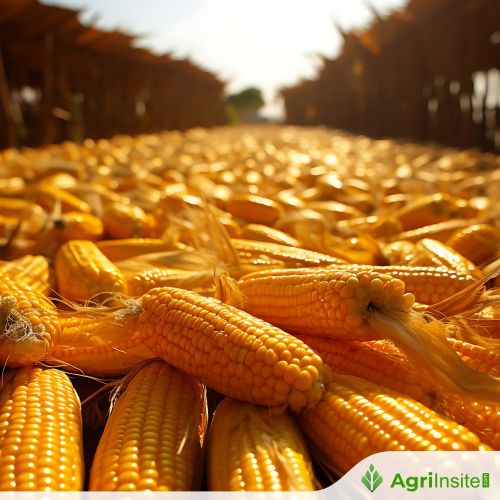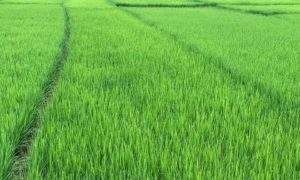Namibia imports N$718m worth of cereal grains …as local production remains low

Namibia’s cereal grain imports surged to N$718 million in the last quarter of 2024, a notable rise from N$415.5 million in the same quarter of 2023, driven by drought-induced domestic production declines. Maize imports led at N$413.4 million, followed by wheat at N$269.4 million. South Africa, Russia, and Poland were the main suppliers. Local production of key crops like white maize and millet dropped 57% due to adverse weather conditions.
Trade figures recorded in the final quarter of this year show that Namibia imported cereal grains valued at N$718 million, which is a significant increase from the N$415.5 million imports during the same quarter of 2023.
The Namibia Statistics Agency (NSA)’s latest Agriculture Statistical Bulletin, maize had the highest amount of grain imported with a value of N$413.4 million, followed by wheat at N$269.4 million and rice worth N$6.7 million.
The cereal grains imported during the quarter under review were mainly sourced from South Africa, which accounted for 65.6% of Namibian imports, Russia at 26.6% and Poland at 6.6%. Cereal grain products are foods made from cereal grains, such as wheat, rice, oats, barley, cornmeal, and others.
The high import bill of cereal grains is a result of low production domestically and the persistent drought that has crippled the operations of many of the country’s drought-stricken farmers.
The statistical bulletin also indicates that Namibia’s total agronomy production stood at 8 571 tonnes in the third quarter of 2024, compared to 19 940 registered in the corresponding quarter of 2023.
This translates into a huge decline of 57.0% in the production levels locally, and this decline mostly affected commodities such as white maize and millet that recorded negative growths of 56.7% and 75.4%, respectively.
Equally, in the third quarter of 2024, the production of white maize stood at 8 366 tonnes compared to 19 343 tonnes recorded in 2023, while millet recorded 204 tonnes compared to 831 recorded in the corresponding quarter of last year.
The decline in both maize and millet production is primarily attributed to the drought. There was no production of wheat during the period under review, the NSA reports.
Flipside
Meanwhile, the country’s total export of agronomy products in the third quarter of this year was valued at just over N$75000, an increase from the over N$62 000 recorded in the same quarter of 2023.
Export earnings were mainly from maize, which accounted for 89.8% of the total export earnings. The export of cereal grains in the third quarter of 2024 was primarily destined for Angola, Cyprus and DRC, which accounted for 89.8%, 8.0% and 2.2%, respectively.
Furthermore, the quarter under review saw Namibia exporting horticultural products valued at N$242.9 million compared to N$241.7 million that was exported in the same quarter of last year.
Tomatoes were the top exported products amounting to N$94.6 million, followed by dates at N$43.5 million and onions came in third place, valued at N$42.2 million.
South Africa was the main export destination for horticulture products, accounting for 62.9% of exports. Angola and Germany accounted for 12.3% and 8.3%.
On the flipside, the third quarter of 2024 saw Namibia’s import bill for horticulture products reaching N$304.8 million, an increase when compared to N$256.3 million that was recorded in 2023.
Stimulants items, spice and aromatic crops were amongst the highest imported products amounting to N$71.3 million, followed by potatoes at N$42.0 million, apples at N$31.8 million and tea leaves at N$15.7 million.
To read more about Maize News continue reading Agriinsite.com
Source : New Era

















